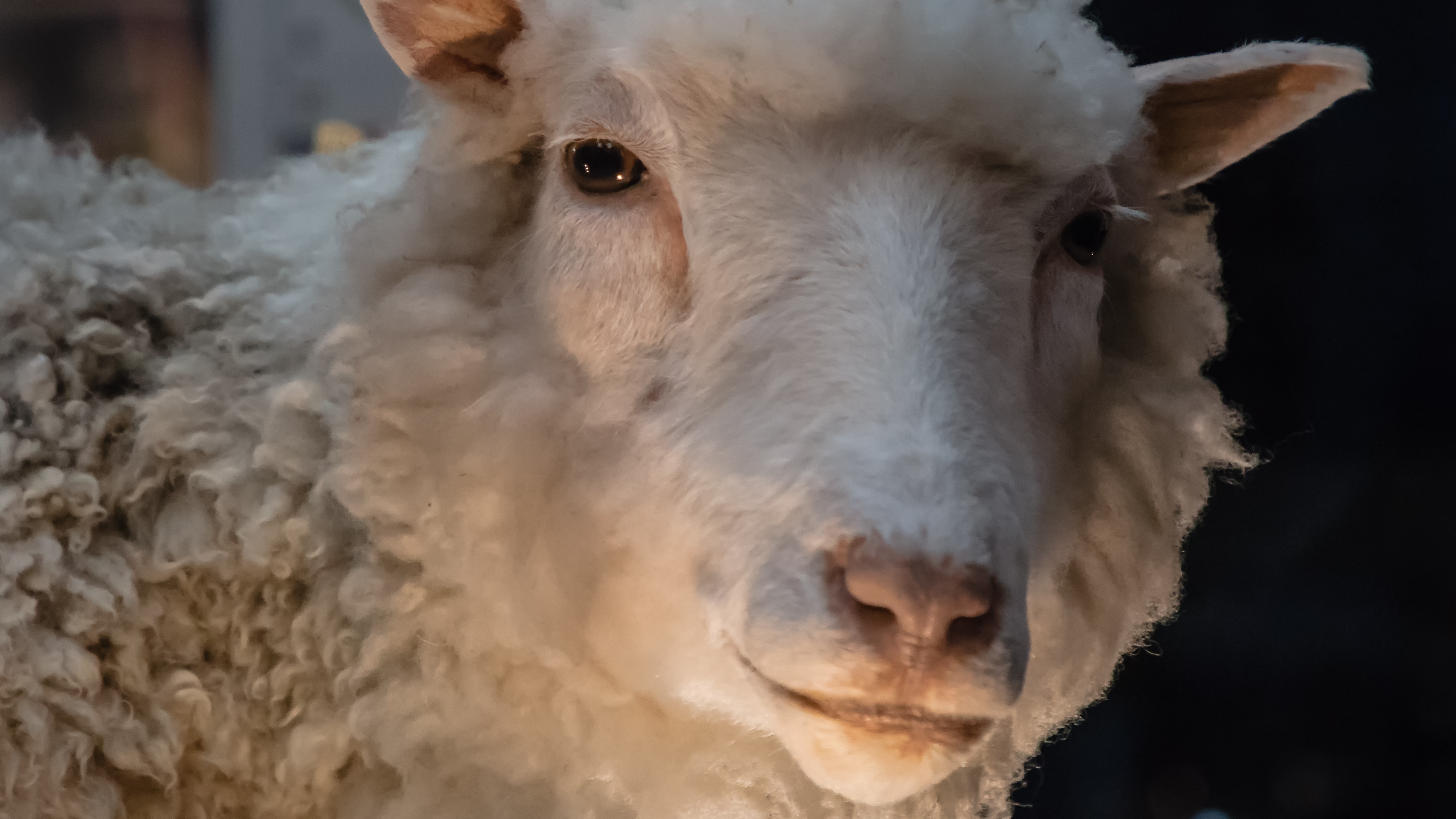Media release
From:
Expert Reaction
These comments have been collated by the Science Media Centre to provide a variety of expert perspectives on this issue. Feel free to use these quotes in your stories. Views expressed are the personal opinions of the experts named. They do not represent the views of the SMC or any other organisation unless specifically stated.
Professor Clare Parish, Deputy Director (Science) at The Florey, and Head of The Florey’s Stem Cells and Neural Development Laboratory.
Ian Wilmut's groundbreaking research has left an indelible mark on the annals of science and the human imagination. Most iconic was his creation of Dolly the sheep, in the 1990s, which set new benchmarks around the potential of cloning technology and forever altering our understanding of genetics, reproduction, and the boundaries of medical research and life itself. His work catalysed a new era of possibilities in agriculture, medicine, and genetics. It unlocked doors to potential cures for genetic diseases, revolutionised livestock breeding, and opened vistas of hope for regenerative medicine.
Beyond his laboratory-based research, his work fostered immense debate regarding the implications of cloning for humans, and the broader ethics and philosophy of science. The impact of this founded new, and continually revised, regulatory requirements and stringent guidelines that continue to govern our current research practices.



 Australia; VIC
Australia; VIC



